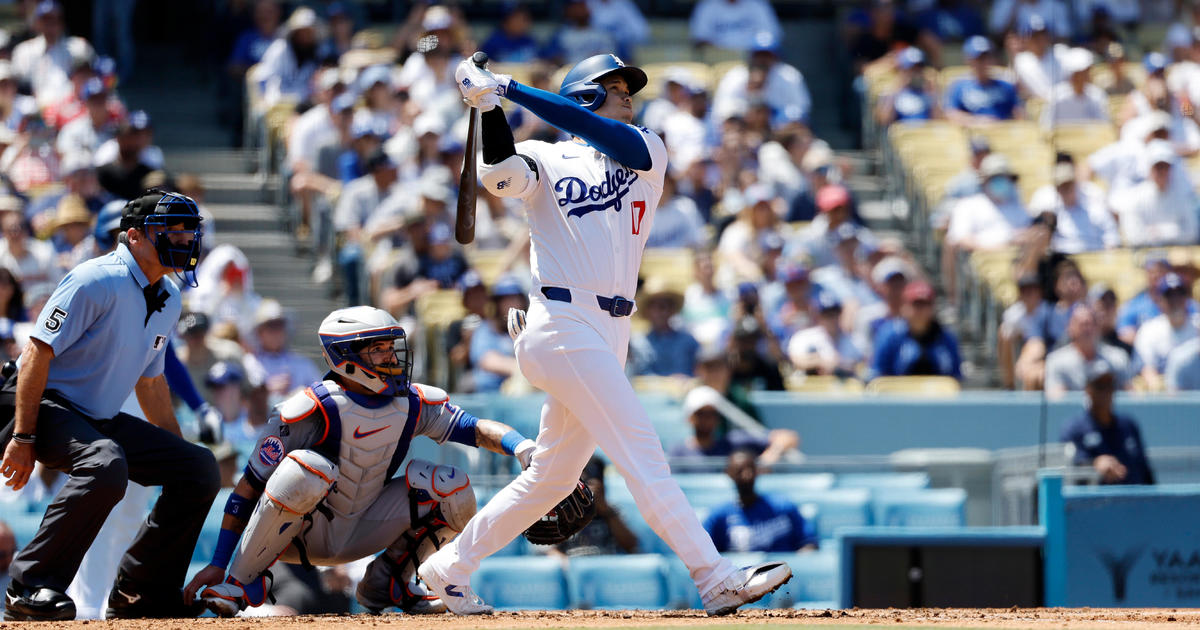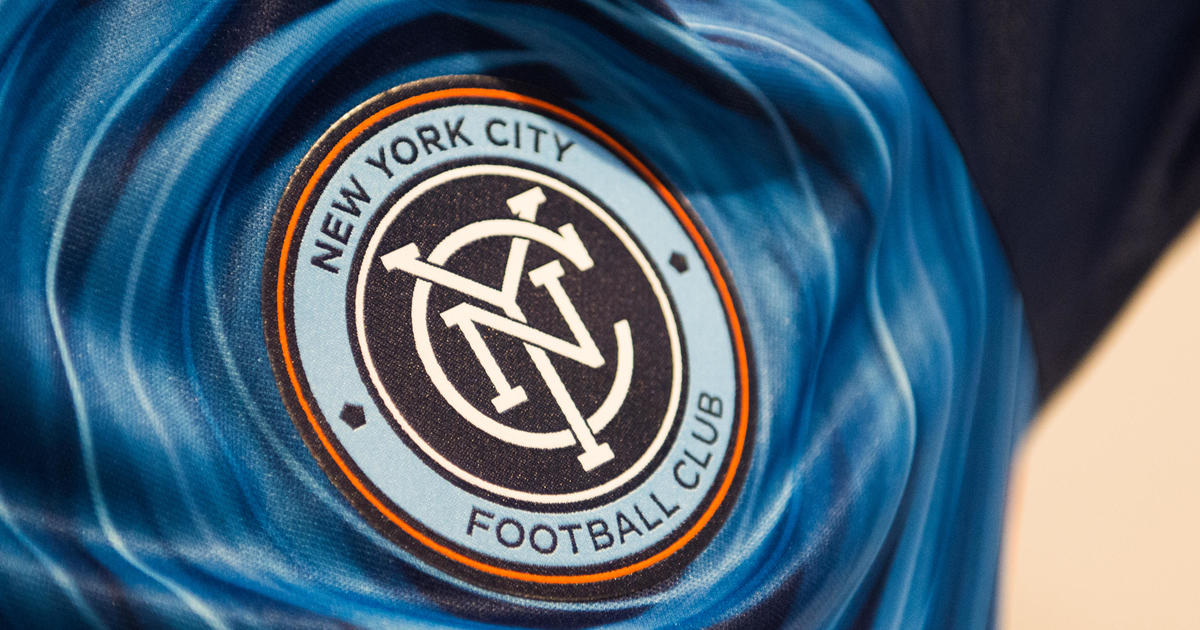By The Numbers: Worth The Money? An Analysis Of Dice-K … Then And Now
By Father Gabe Costa
» More Columns
Jonathan Yeo is another one of my students taking sabermetrics. In this blog he discusses the value of Daisuke (Dice-K) Matsuzaka.
I think you will find Jonathan's reflections most interesting.
Japan and Baseball
Jonathan Yeo: Baseball's large role in Japanese culture can be traced back nearly 80 years ago when Babe Ruth, Lou Gehrig, Jimmie Foxx, Lefty Gomez, and others traveled to Japan as part of an exhibition team. They played in front of thousands, as one game saw 200,000 fans cram into a stadium that normally fit 20,000. In the 1950's, a Japanese poll asked who the most famous personalities of the last 40 years were, and the only non Japanese mentioned was Babe Ruth.
In 2006, however, roles had somewhat changed and it was the American media that was buzzing over the potential bid for Japanese superstar Daisuke "Dice-K" Matsuzaka.
Matsuzaka achieved varied success in his five years with the Boston Red Sox, but was the $51,111,111.11 paid for the rights to negotiate with the Japanese star worth the money?
This blog examines both Dice-K's potential and actual performance with an emphasis on the price the Red Sox paid for wins. One important note is that the potential earning for the Red Sox was not enhanced due to increased exposure to the Japanese market because of revenue sharing. Thus, Dice-K's value is based solely on his potential to help the Red Sox win more games.
The Game and Dice-K's history
Under the Posting System, Major League teams are forced to bid for the rights to negotiate with a player signed in the Japanese league. After a team wins the rights to negotiate, they are still required to sign the player to a contract. Prior to the auction of Dice-K, the biggest names who signed contracts were Ichiro Suzuki in 2000 and Kazuhisa Ishii in 2002. The winning bid for Ichiro Suzuki was $13.1 million and he signed for $14 million over 3 years. The winning bid for Kazuhisa Ishii's was $11.26 million and he signed for $12.3 million over 4 years. From this precedent, the amount that is bid for a player is roughly equal to the contract that is also signed by a player. Dice-K's agent, Scott Boras, is infamous for his ability to get his clients huge contracts. From the Red Sox bid and their knowledge of how the posting system plays out, the Red Sox likely valued Daisuke Matsuzaka at about $100 million. They would eventually sign him to a 6 year, $53 million contract in addition to the $51.11 million placed in the Posting System.
Matsuzaka started playing in the Japanese Major Leagues when he was 18 years old and played from 1999 through 2006. He led the league in wins his first three seasons and led the league in ERA for two seasons. He was a dominant Japanese pitcher that wanted to make the transition into American Baseball. There was tremendous uncertainty in Dice-K's potential in his move to MLB. Japanese players traditionally pitch in a 6 man rotation and he was rumored to have severe wear on his arm. Also, his performance in the Japanese League indicated he was a star pitcher, but that does not necessarily mean he would achieve the same success in MLB. Other scouts appreciated his performance in the Japanese league at such a young age, as well as his variety of pitchers to include the so called gyro-ball, a pitch used almost exclusively by Japanese pitchers.
In Japan, Dice-K had a 108-60 record with an average of 13.5 wins per season. He struck out more than 200 batters in two seasons, and had an average ERA of approximately 3.00. If the Red Sox were extremely optimistic and thought he was entering the prime of his career, could handle the MLB talent, would remain injury free, and perform 15% better, Dice-K could potentially win 16 games a season. Given that Kaz Ishii was 78-46 with a 3.38 ERA in Japan, but a mediocre 39-34 with a 4.44 ERA for the Dodgers, the signing of Dice-K to this possible projection is extremely generous.
The amount paid for an upside estimation of 16 wins (once again, a very optimistic projection) can be found by dividing the $100 million contract across 6 seasons. In effect, the Red Sox signed Dice-K at a cost of $17 million per season and over $1 million per potential win.
Their Other Options
In 2006, both Roy Oswalt and Roy Halladay were free agents. Roy Oswalt had a career record of 97-47 with three seasons of an ERA under 3.00. Roy Halladay had a 95-48 record and two seasons with an ERA under 3.00. Oswalt signed a five year contract worth $73 million, or about $14.6 million per year. Halladay signed a 3 year contract extension in 2006 for $40 million. The market clearly indicated that for an ace right hand pitcher, the price was about $14 million per year. Assuming the Red Sox matched the contracts given to Roy Oswalt and Roy Halladay, they could have potentially signed two of the best proven RHP in the league for a total of $24 million a year. Instead, they signed an unproven Japanese star at a cost of $17 million per year.
The Actual Performance
Daisuke Matsuzaka had a moment of greatness in his second season when he went 18-3 with a 2.90 ERA. However, the rest of his time in Boston has seen him plagued with injury and mediocre performance. In 5 years with Boston, he has gone 49-30 with a high 4.25 ERA. Even More troubling is the 1.397 WHIP. Below is a comparison of Dice-K to Roy Halladay and Roy Oswalt from 2007 to the present.
| Player | Win-Loss | Innings Pitched | ERA | ERA+ | SO/9 | BB/9 | WHIP |
| Dice-K | 49-30 | 622 | 4.25 | 108 | 8.2 | 4.4 | 1.397 |
| Oswalt | 61-46 | 952 | 3.42 | 122 | 7 | 2.2 | 1.212 |
| Halladay | 93-44 | 1194 | 2.80 | 150 | 7.5 | 1.4 | 1.098 |
By the numbers, Dice-K simply has not lived up to his potential. Although his record is good, his ERA of 4.25 reveals he benefited from a strong Red Sox offense. He has the highest strike out per game, but he also has far more walks per game than the other pitchers. Of the three, the cheapest and best performing is clearly Roy Halladay. He has pitched the most innings, has the lowest ERA, and the lowest WHIP. ERA+ uses ballparks and the league to properly weight any advantages a player may receive from his given situation. An ERA+ above 100 indicates a pitcher performed better than average. Once again, the advantage goes to Halladay. His performance clearly warranted the high contract he received in 2006.
Conclusion
On a free market where teams have access to any player, there is not a strong incentive to participate in the posting system. The money that is required to win the auction may make it no longer financially advantageous to sign that very player. The winning bid for Dice-K was a case of winner's curse. The Red Sox were able to win an auction that was clearly not in their best interest. The money used to win the auction would have been better used to sign other players. In the future, teams need to place realistic expectations on players who enter the posting system. The high degree of uncertainty and high prices associated with the auctions should deter most teams from placing high bids on Japanese players. Most teams would be better off signing established players like Roy Halladay than risk significant funds on unproven players.
References
Daisuke Matsuzaka info news & stats. Japanese Ballplayers, n.d. Web. 28 Mar. 2012.
Doyel, Greg. Chase for Japan's Matsuzaka a fool's game. CBS Sports, 5 Nov. 2006. Web. 28 Mar. 2012.
Greenfield, James. Year of the Babe. Sports Illustrated, 14 Nov. 1955. Web. 28 Mar. 2012.
Matsuzaka, Red Sox reach agreement on six-year deal. ESPN, 23 Feb. 2007. Web. 28 Mar. 2012.



